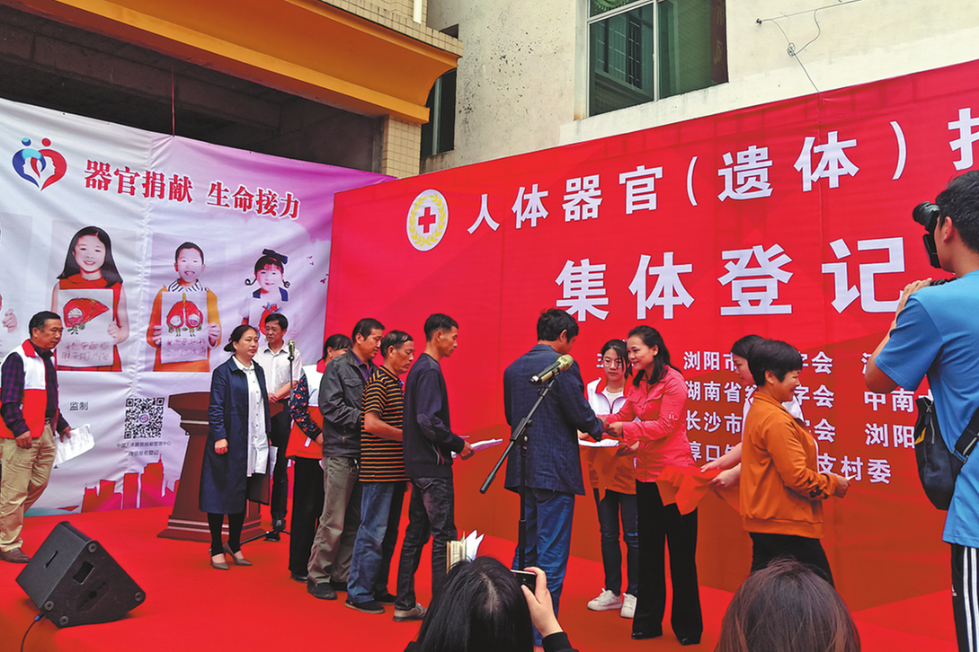Infrastructure investment opens up remote Qinghai
By Bruce Connolly | chinadaily.com.cn | Updated: 2018-03-28 14:03

Golmud is home to a multiethnic population -- including Tibetan, Mongolian and Hui people -- and around 90 percent of city’s population migrated there from outside the area. Many came to work in its petrochemical and mineral-related industries. Surrounded by mostly gray desert, Golmud has varying deposits of coal, oil, potassium, magnesium, natural gas, gold and more. Because of the 20 saline lakes relatively near the city, salt production has long been significant. The 5,856-square-kilometer Qaarham Salt Lake is the largest of its kind within China, and has become an increasingly popular tourist destination.
Railways have long been seen as key to China’s development. However, a challenge was to build a line up to Tibet. In the 1950s, this task remained beyond the country’s growing rail network. The geographical obstacles were immense, but it was a national ambition to construct this line. The 815-kilometer line from Xining to Golmud was completed in 1984. With onward construction then deemed technically too difficult, the line terminated at nearby Nanshankou.
Transforming into an onward gateway, particularly for Lhasa, freight and passengers arrived at Golmud. They then transferred onto the only land route across the Qinghai-Tibet Plateau, which required a two day journey. In 1997, I stood looking at that highway, wondering if a railway would ever be constructed.
- Yunnan's Honghe: Historic towns, ethnic nationalities and a unique cross-border railway
- Witnessing educational progress in Guangdong
- Remembering Guangzhou in the late 1980s and early 1990s
- Spring Festival an opportunity to experience traditions
- Spring Festival Memories of China and Scotland
- Treasuring memories of southern Guangdong
- Experiencing the Greater Pearl River Delta during early years of development
- Nyingchi - discovering a different side of Tibet
- A railway that opened up southwest Guangdong
























